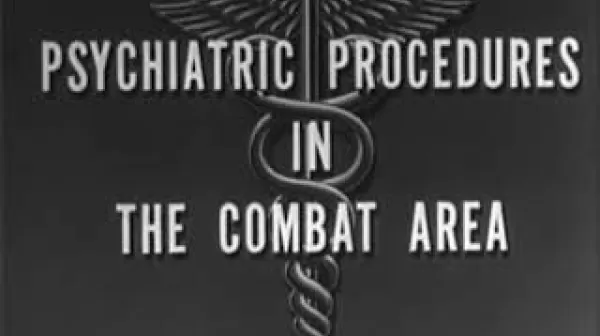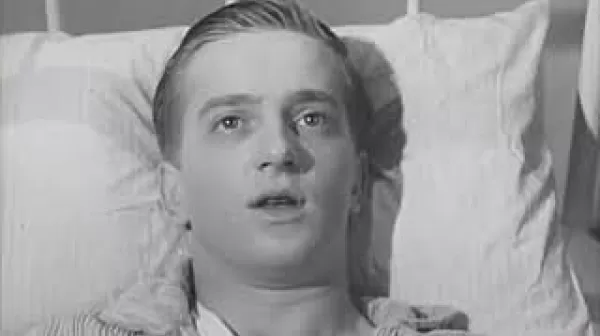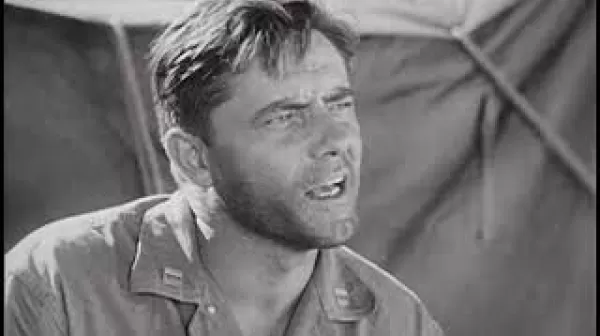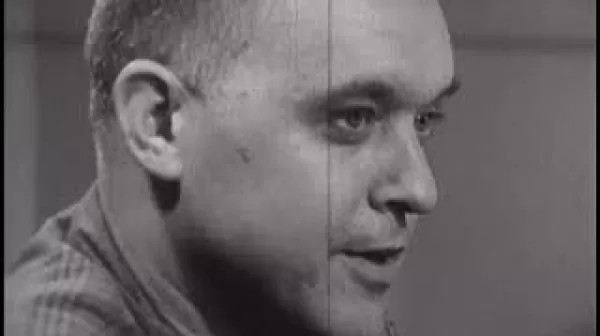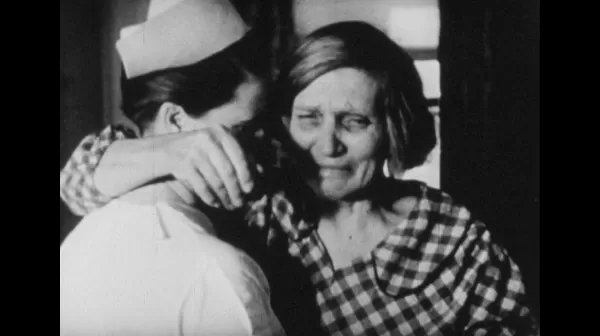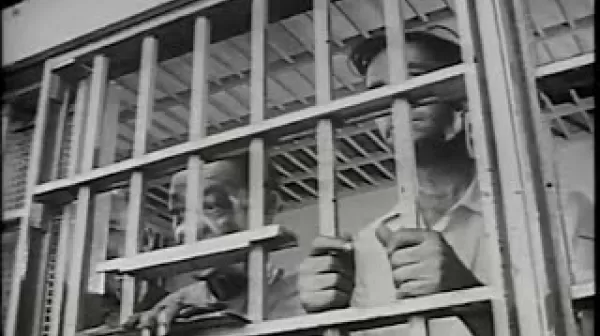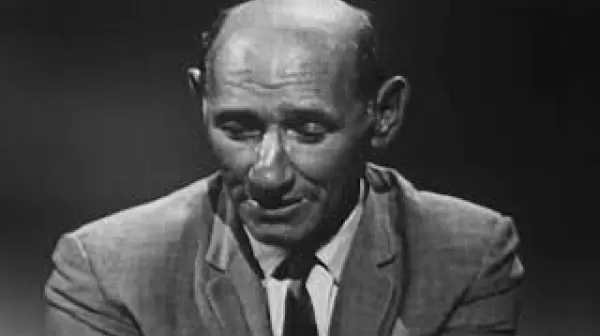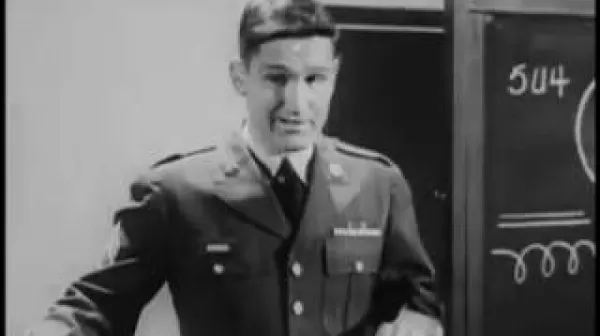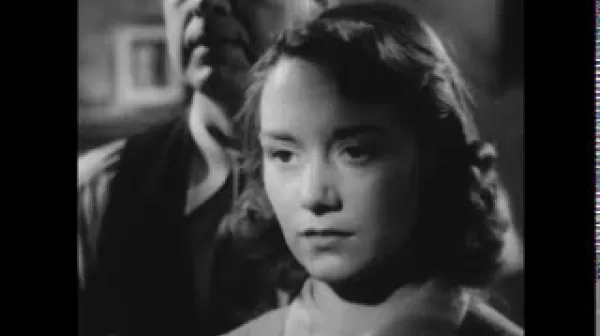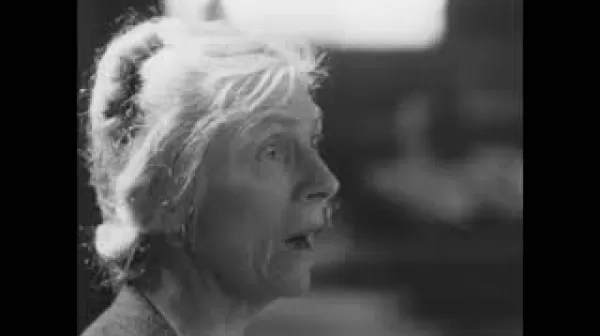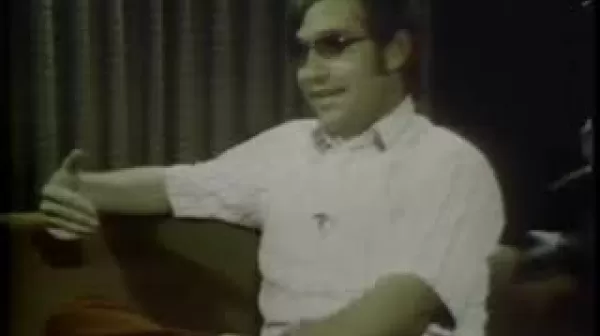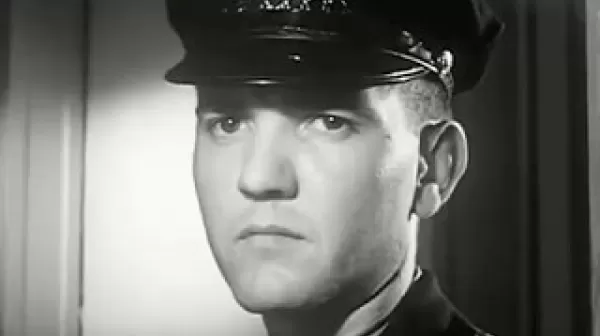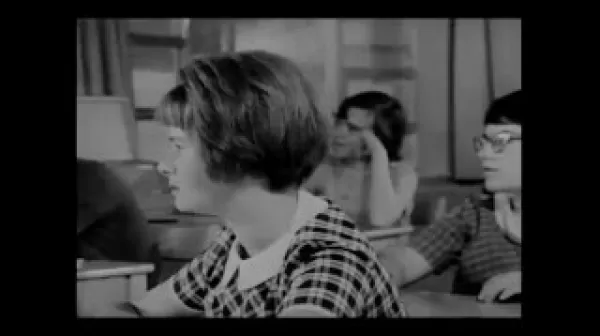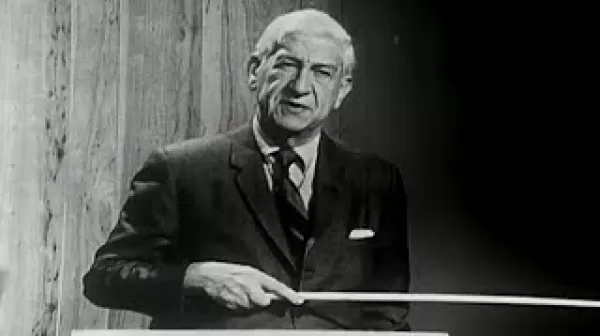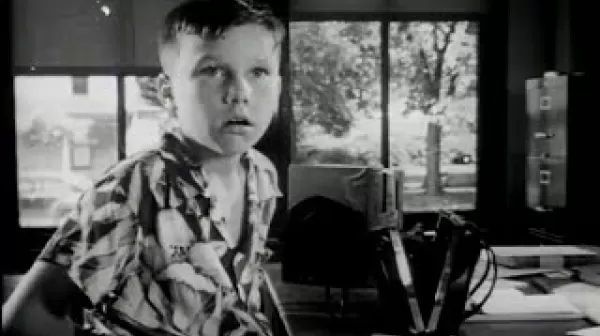Psychiatric Procedures in the Combat Area (US Army, 1944)
The psychiatric impact of war on soldiers is addressed, and the U.S. military's approach to helping affected soldiers is described. There are battle scenes, men awaiting evacuation from the front, and a rehabilitation center where the soldiers relax, exercise, and are reconditioned with battle training. Psychiatrists interview the men. A chronic anxiety case is shown, as well as an hysterical amnesia patient. The need for men to actively participate in their own recovery is stressed. At the end, recovered patients are shown at a neuro-psychiatric clearing station.

